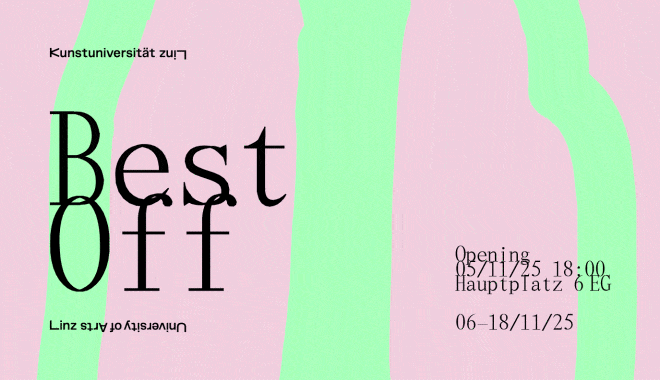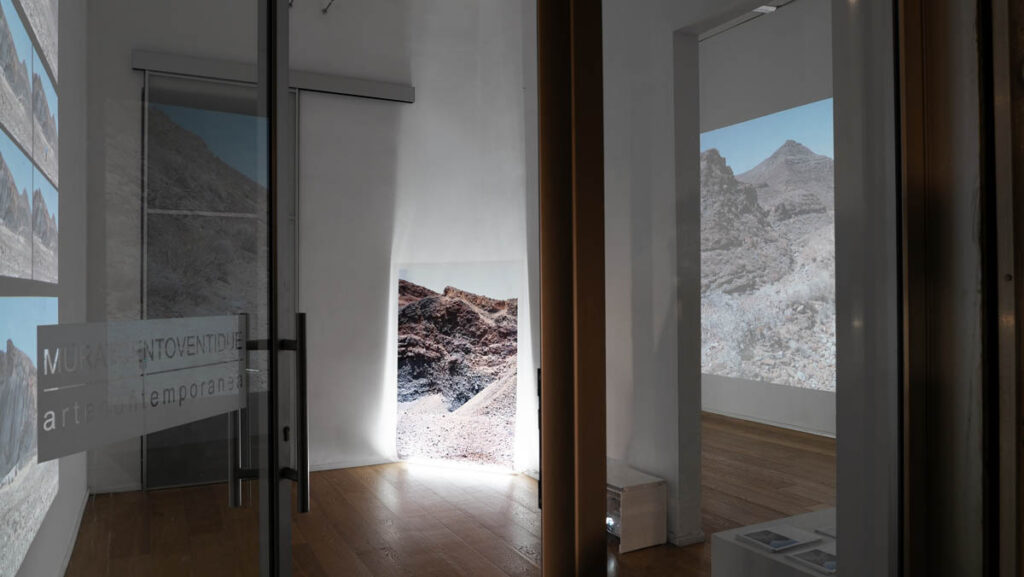
After working for five years in the studio of renowned artist Joana Vasconcelos, Susana solidified her presence in the visual arts with exhibitions in cities such as Lisbon, London, Tallinn, Kranj, and others. Her work reflects themes of femininity and freedom, standing out for the combination of various techniques and her involvement in community projects, such as her recent collaboration in Torrão and Coruche, both in Portugal, which engaged the community in creating a collective artwork.

How did you grow up? Is there a cherished memory from your childhood that you would like to share?
I grew up happy, but with deep questions from an early age—questions that sometimes made me see the less beautiful sides of the world and existence, things I found hard to understand. But perhaps because of that, I became such a positive person, someone who wants to bring a bit of light and comfort to others. Beyond that, I can say I was always surrounded by a lot of love and a close-knit family. I grew up very close to the city of Lisbon, but in the countryside, in a village, so being in contact with nature was also a constant. A childhood memory? Hmm… the time I spent with my grandmother was always very important. Being with family; waking up every morning on my birthday to the smell of freshly baked cake from my mother; trying to guess the presents under the Christmas tree with my sister; drawing holiday cards together; and drawing and painting persistently and obsessively for as long as I can remember. Curiosity has always been a constant presence in my life. These are the most special memories, I would say!

How much of architecture is still in your art? Why do your experiences in architecture connect well with your artistic practice?
Architecture is very present in my art. Whenever the first ideas arise, I always capture them in my notebook with a quick sketch, but then comes the transition to the language of tapestry, understanding its dimensions and scale, and being an architect helps me a lot with that. My work always goes through the programs I used as an architect, some of them like AutoCAD, Rhinoceros, or in graphic design, Photoshop. Scale is also a constant in my work; the passion I have about big scale comes from architecture and my background. The way I present proposals to clients comes from my experience as an architect—so many things! And the architecture course (and I have taken several courses) was the most demanding I have done; it is really hard work, and it prepares us to face professional life. It gives us so many skills.



What significance does the Arraiolos carpet technique have for you? Where did you learn this technique?
Since I was a child, I always learned various handcraft techniques for embroidery and lace, particularly from my grandmother but also from my mother and sister. I remember learning cross stitch from my sister, who is now a member of my studio team and someone I taught the Arraiolos tapestry technique to, which I use daily in the studio. However, my interest in Arraiolos tapestry came in a very rational way. Portugal is an extremely rich country when it comes to traditional and historical techniques, almost like portuguese cuisine, which is widely talked about. However, many traditional portuguese techniques are at risk of being lost, either due to low compensation or because they are perceived as outdated. My interest started in 2015, and I intentionally sought out a technique that had been forgotten over time and had never been used in contemporary art, something seen as outdated, so that I would have the perfect opportunity to focus on it and use it to create art. And that is exactly what I did. I admit that it was very challenging to reintroduce this technique to the market and especially to present it as a new artistic medium. But I finally succeeded. I have worked tirelessly for this.
Are there any experiences that have shaped you?
All my experiences throughout my life have shaped me. I know I am still very young, an artist of only 32 years, but I started working early, during my second year of architecture school, which gave me many experiences from which I learned a lot. One experience I can highlight is my five-year professional journey at the studio of a Portuguese visual artist, Joana Vasconcelos. I worked in her studio as an architect and faced various challenges, from designing her large textile sculptures to coordinating one of her site-specific, permanent works at Jupiter Artland, Edinburgh, where I spent three months overseeing the entire installation. In my life as an artist, learning is a daily process. Even after all this experience in architecture, being an artist and building a career and a team involves not only coordination but also studio management. This daily work makes me a very resilient, persistent, and observant person.



Can you tell us more about your project in Torrão?
The Torrão project is SO special!! It was the first project where I decided to work with the community, back in 2023. I had been looking for this opportunity for a while, but it took a special invitation for that idea to take shape and happen. The idea was mine: to be planted like a seed in a Portuguese village and create an artwork with the community. It was a co-creative artistic residency. During the first few days, I studied the territory, created, and designed what I would produce with the community, and over the following two weeks, I taught 17 people (the average age ranged from 45 to 82 years) how to make Arraiolos stitch tapestry and produced with them the piece called „Artemis.
This year, I raised the bar even higher, and in the context of the „Percursos Com Arte“ Biennial in Coruche, I developed a similar artistic residency and created an even more complex piece within just 10 days of production. It was madness. I taught 24 people, and 21 decided to join me on this beautiful project!
How do you choose the materials for your work?
The main material is portuguese wool, 100% wool for the tapestry, resistant, and then I incorporate other techniques and materials that I envision piece by piece. Usually, contrasting materials, but I find a way for them to coexist harmoniously or even blend together. It is always a very natural process, and I might combine wool with painting, plaster, LED, mirrors, or epoxy resin. The materials and techniques used are diverse.

Could you tell me more about your work, “HIDE & SEEK”?
It is funny that you ask about the piece „Hide & Seek“ because it is one of my favorites (I am biased!) and because it is an important leap in my body of work! „Hide & Seek“ is a work that challenges the technical and conceptual boundaries of Arraiolos tapestry and is a celebration of feminine strength, an ode to the warrior woman. It is a piece that invites the observer on a journey of empowerment and liberation.

Artwork Hide & Seek, 2023. Photo: Susana Cereja
The highlight of this artwork is the suspended legs in the air, a striking innovation that challenges the conventions of the technique, and the piece not only pushes these technical barriers but also recovers history, incorporating the oldest stitch used in Arraiolos tapestries in the 16th century, allowing for greater fluidity and curves in representation. This fusion of innovation and tradition brings to life a tapestry that is both new and timeless. That is why it is such an important piece in my journey.

Do you prefer to work during the day or at night?
I prefer to work, especially in the morning and during the day in general, but I adapt a lot to my desires and needs. Generally, I love light, so I always choose to work more during the day. I am a morning person.
What are you currently working on? Will there be an exhibition in Vienna soon?
A television show has just been released in Portugal, a documentary series in which I am featured in an episode, and it is wonderful. Currently, I am very focused on working on my next solo exhibition scheduled for 2025, about which I can’t reveal much yet, but I am very excited and hope it surprises the audience. I don’t have anything planned for Vienna at the moment, but who knows? I would love to!
Susana Cereja – www.susanacereja.com, www.instagram.com/susanacereja/





